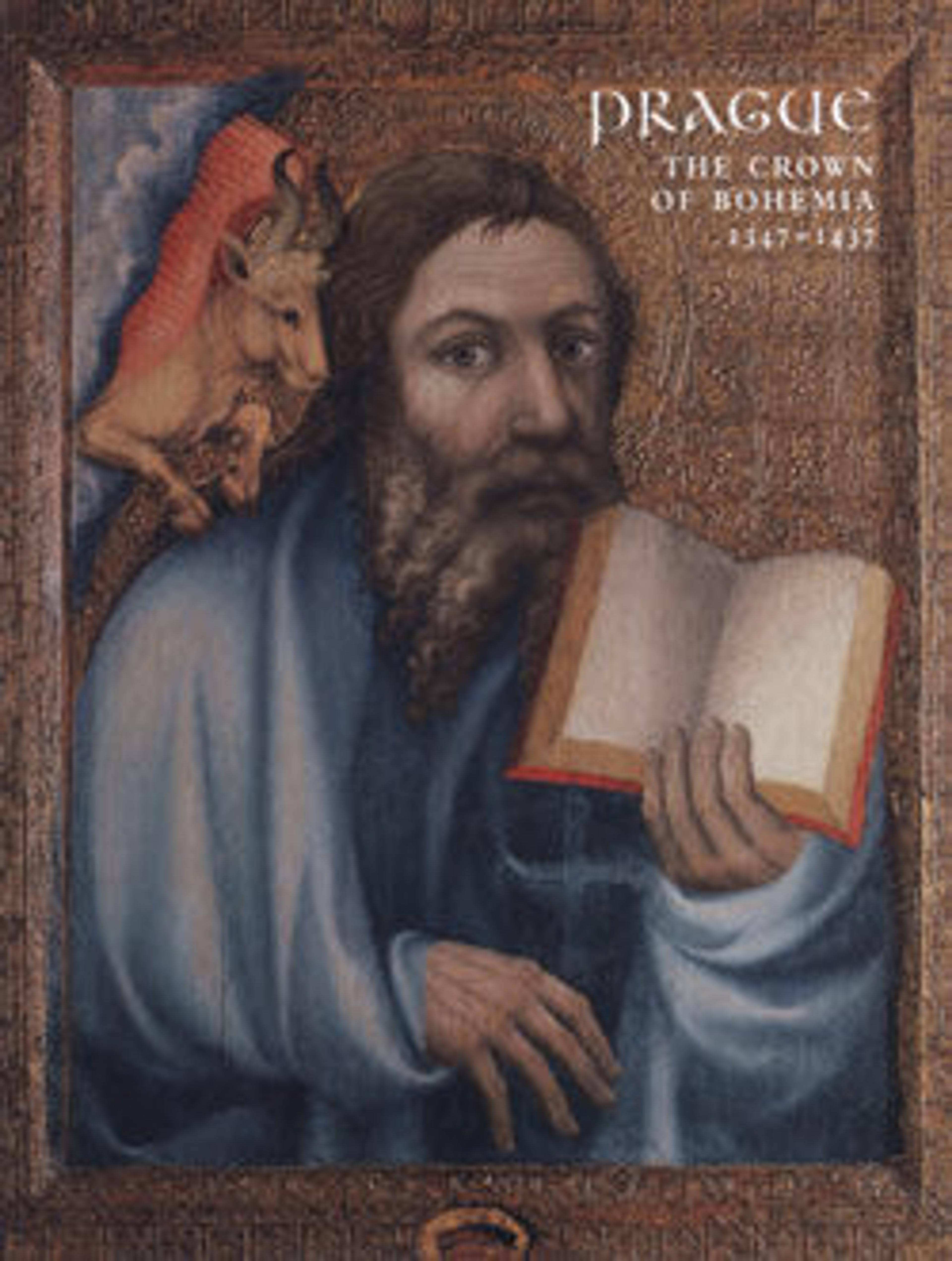Ceremonial Arrowhead
Originally mounted on a wooden shaft, this extremely large arrowhead probably served as a symbol of rank or a baton of command. It is decorated with royal Bohemian monograms and badges in addition to religious invocations in medieval Czech. It bears the monogram AR for Albert, king of Bohemia and Hungary (reigned 1437–39), and also the monogram AE, probably for Albert and Elizabeth, his queen. It is also stamped with the so-called Turkish arsenal mark, indicating that it was captured by Ottoman forces, perhaps in the campaign of 1439 in which Albert was killed, and was subsequently stored in the Turkish arsenal in Constantinople (now Istanbul).
Artwork Details
- Title: Ceremonial Arrowhead
- Date: ca. 1437–39
- Geography: probably Prague
- Culture: Bohemian, probably Prague
- Medium: Steel, copper alloy
- Dimensions: L. 12 1/8 in. (30.7 cm); W. 1 3/4 in. (4.4 cm); Wt. 18.2 oz. (517 g)
- Classification: Archery Equipment-Arrows & Quivers
- Credit Line: Rogers Fund,1966
- Object Number: 66.199
- Curatorial Department: Arms and Armor
More Artwork
Research Resources
The Met provides unparalleled resources for research and welcomes an international community of students and scholars. The Met's Open Access API is where creators and researchers can connect to the The Met collection. Open Access data and public domain images are available for unrestricted commercial and noncommercial use without permission or fee.
To request images under copyright and other restrictions, please use this Image Request form.
Feedback
We continue to research and examine historical and cultural context for objects in The Met collection. If you have comments or questions about this object record, please contact us using the form below. The Museum looks forward to receiving your comments.
